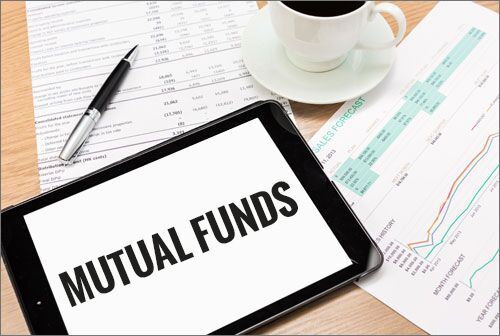The pension plans our parents or grandparents had are disappearing and rare to find and 401Ks, 403Bs and 457Bs don’t pay out anywhere near the amounts those plans did. Businesses love 401Ks because they are cheap. They don’t have to put money in (matching funds) and they get charged a smaller fee (or none) than traditional pension plans. If you don’t have any 401, 403 or 457s at work consider Traditional or Roth IRAs at mutual fund companies, to invest on your own. Or you can add or replace those plans, which may not offer good investment choices, with IRAs for you and your spouse. The deposit limits for IRAs are lower than those plans and are also limited by income if you already have one of those plans at work.
You can speak to your tax preparer about your choices or order or download Publication 590-A from the IRS to see the IRA rules. I suggest ordering a copy by mail so you can easily read it and make notes with your tax return on paper to plan your financial moves.
There are no limits to the type and number of mutual funds you can put into your IRAs. There are two types of IRAs. First is the Traditional where you deduct deposits from your income on your tax return and then pay tax on them when you retire. Second is the Roth which doesn’t give you a tax break on your deposits but charges no tax when you make withdrawals after the age of 59 ½ years so long as the account is at least 5 years old. You never have to withdraw Roth money, but you do have to start withdrawing Traditional IRA money the year you turn 70 ½ and pay tax on your total income including those withdrawals.
Some common advice is for young people and low wage earners to use Roths since the tax advantage is so small compared to the zero tax when they retire. Low wage earners could be someone starting their career at entry level at any age where there is expected growth in salary and tax bracket later. And you can have both types of IRA’s in your portfolio, but the yearly IRA deposit limit is for the total of all IRAs you deposit money into.
Here’s more information about what mutual funds are and what they do.
Mutual funds buy stock or bonds with your money. The professionals pick those based on stock market actions, news of all types (from companies, competitors, financial publications and information on companies from people who work there). The managers of the mutual funds and all their support people (clerks, brokers, advertising, lawyers, etc.) get paid by fees that come out of the mutual fund. The best performing funds (high profits to you) are almost always the ones with the lowest expenses. That should make some sense since that leaves more money in the fund to grow.
Some mutual funds charge a fee called ‘load’ when you invest, from 1% to possibly 5% of the amount you deposit. Most financial advisors, magazines and others will tell you to avoid ‘loaded’ funds since you will ‘lose’ a lot of growth on that missing money over the years. Mutual funds without a sales fee are called ‘no-load’ funds. There are some funds that charge a load and have very good returns to justify the load, but there are not many of them.
In my next article, I will explain the types of mutual funds available to you in your company plans and IRAs, and how to choose the ones for your needs and wants.
Please meet with a licensed financial advisor to determine the best course of action for you as an individual.




